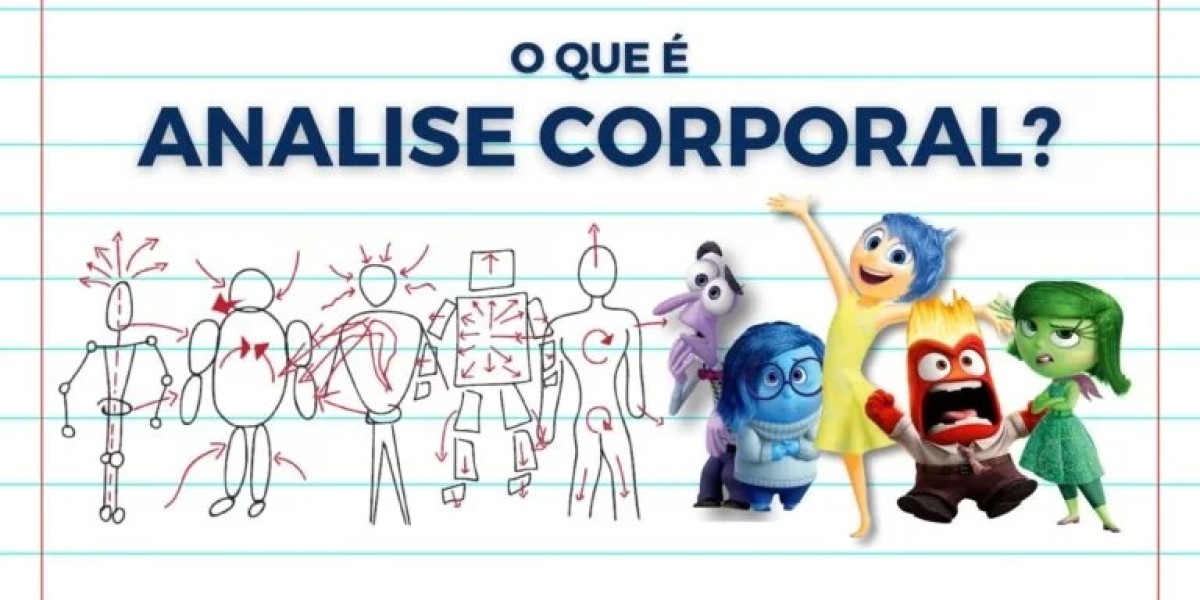Some of the papers and chapters included here present a common overview of the common theoretical frameworks researchers use to check anger. Potegal and Novaco 2010 summarizes a quick historical past by which our understanding of the character of anger has been built progressively over a long time of improvements in principle and strategies. Zentner and Bates 2008 reviews a temperament and personality framework, in which dispositional anger is examined as a stable, biologically based trait. Wilkowski and Robinson 2010 makes use of a social-cognitive perspective to emphasise that human variation in anger reflects particular person variations in three interconnected thought processes. More particularly, Wranik and Scherer 2010 summarizes a "componential appraisal" approach that describes how anger emerges from the cognitive evaluations of conditions. In contrast, Kuppens, et al. 2008 offers a theoretical framework and empirical evidence that challenge the dominant standing of the componential appraisal strategy in anger analysis, and argues that anger arises from both appraisal and nonappraisal processes. Furthermore, Carver and Harmon-Jones 2009 presents a motivational approach to anger that emphasizes the concept of targets in anger experiences.
Personal account
Facial expression of anger could be interpreted as a sign of aggression, inducing reactions of fears or proneness to engage in a conflict, or can otherwise elicit enlivening feelings of sharing in other subjects, relying on the analysis of the context (Emde, Como Age Uma Pessoa De CaráTer? 1984). Critics of BET also highlighted that the expression of anger is nearly completely inhibited in some cultural contexts (Rosado, 1984). The ontogenesis of anger reactions can further explain how such fundamental emotion turns into a necessary facet of the sophisticated emotional life of the individual. Developmental researchers confirmed that a correct expression of anger doesn't appear until the final months of the first yr of life (Sroufe, 1995). Before then, solely a less particular reaction of misery and irritability can be noticed, hardly distinguishable from different adverse response corresponding to crying, hunger, pain. The reaction of distress appearing within the first months of life is considered a basic response rising within the presence of a pointy accumulation of psychophysiological activation, whether or not the supply of this sudden increase in arousal is due to endogenous fluctuations of the nervous system or to the outside stimulation. The precursor of the reaction of anger is thus elicited by the specific psychophysiological parameters.
An analytical (long-term) remedy may clearly additionally deliver anger issues to decision, but serious points associated to the involvement and motivation of potential sufferers would in all probability arise. The dropout rates have been of between 50% and 70% (Daly & Pelowski, 2000) and 15% of institutional samples and 45% of community (McMurran & Theodosi 2007). Berta and Zarling (2018) noticed that, though CBTbased interventions have acquired empirical support, these are not universally effective, and remedy abandonment continues to present difficulties. This means that such expressions of anger are rooted in deep-seated features of the subject, which have to be processed in order to have a different pathological expression. This is clearly essentially the most tough type of anger, and the reality that varied therapies have had good but not impressive results is prone to be partly as a outcome of presence of a type of anger grounded in primitive or deep-seated functioning of the subject.
Thus, another area of major research exercise is devoted to inspecting the biological and social origins of individual differences in anger. Chronic anger has been established as a major threat factor that contributes to a selection of psychological and bodily health issues. Accordingly, researchers are additionally investigating how and why anger contributes to poor health and functioning, and the means to most successfully treat and forestall persistent and high ranges of anger in individuals. This article provides a common overview of the commonest conceptualizations and theories regarding the character and causes of anger. It then reviews the methodologies which are used to measure and study anger, followed by a abstract of research that have examined how anger develops over childhood and adolescence into maturity.
Factors Influencing Personality Traits
Developing good character begins when you're a toddler, and it's important that folks and teachers prioritize instructing constructive character qualities. Clarifying core values and seeking affirming proof strengthens constructive conviction while openness to different perspectives prevents extreme views. It permits us to practice self-control while thoughtfully considering conditions rather than reacting rashly when confronted with difficulties. Your ability to be thorough and constant in your efforts imply you can anticipate extra success and respect in your private and professional life. When you possess the trait of being considerate, you show a capability to suppose of different folks as nicely as your self. Whether you may be in search of to earn more money, construct a enterprise, excel in your career, or discover the love of your life, your ambition provides you the motivation to make it occur.
Character and Personality Traits Defined
The three focal traits examined by this model are psychoticism, extroversion, and neuroticism (Waude, 2017). Below are two of probably the most widely used character instruments that can identify your personality traits. While character and character are both used to describe someone’s behaviors, the two look at different features of that individual. One’s character is more visible, whereas one’s character is revealed over time, by way of varying conditions.





